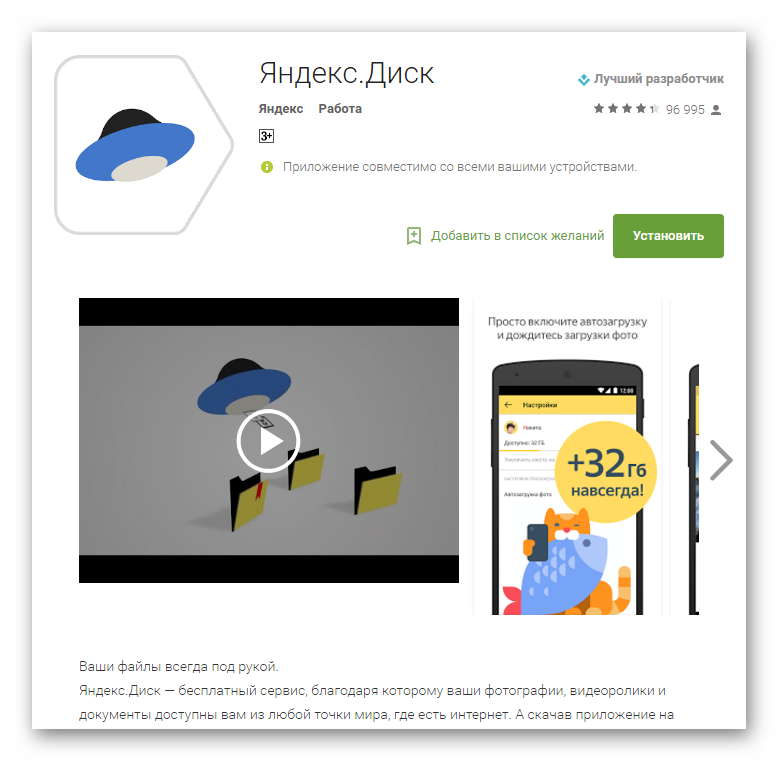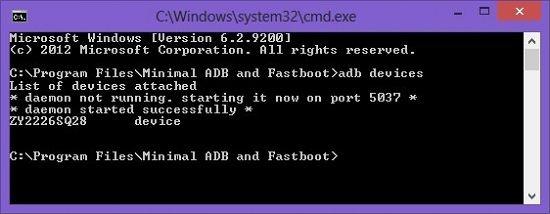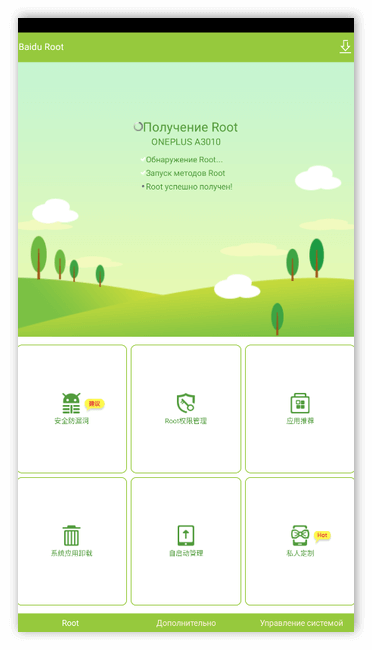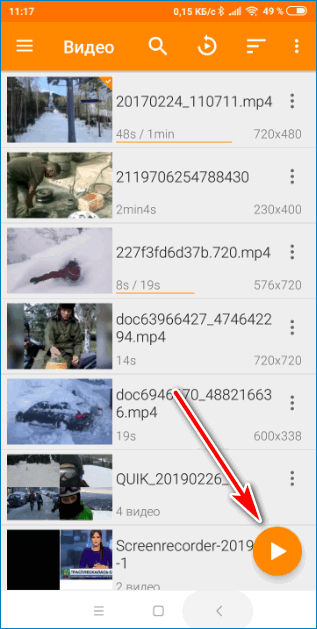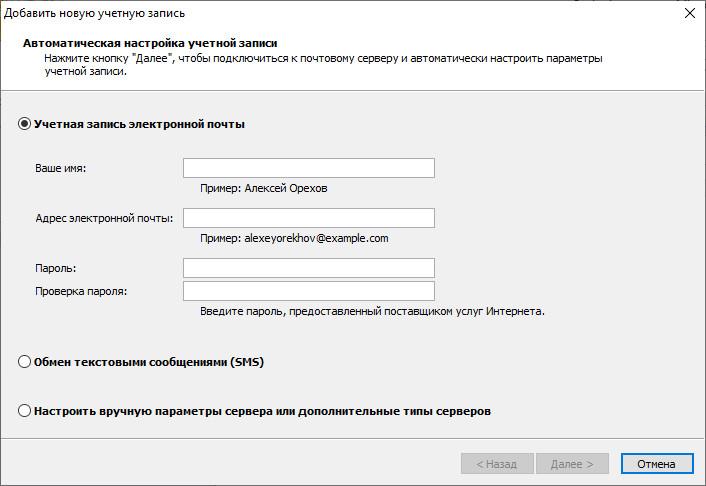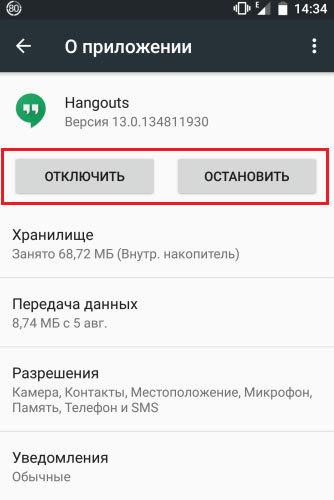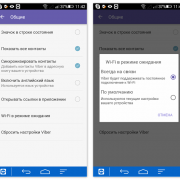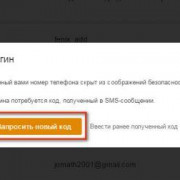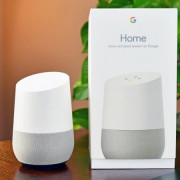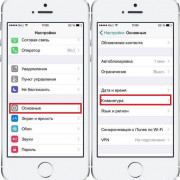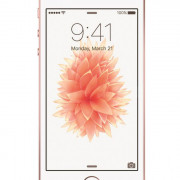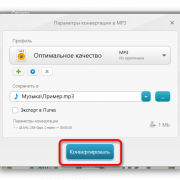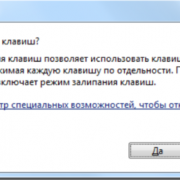Android rooting using adb
Содержание:
Learning the Codes
Now that ADB is already set up on your machine, you might want to know how to use its various flags and command options.
Flags
- -d
- directs command to the only connected USB device; returns an error if more than one USB device is present.
- -e
- directs command to the only running emulator; returns an error if more than one emulator is running.
- -s <serial number>
- directs command to the USB device or emulator with the given serial number. Overrides ANDROID_SERIAL environment variable.
- -p <product name or path>
- simple product name like ‘sooner’, or a relative/absolute path to a product out directory like ‘out/target/product/sooner’. If is not specified, the ANDROID_PRODUCT_OUT environment variable is used, which must be an absolute path.
- devices
- list all connected devices
- connect <host>:<port>
- connect to a device via TCP/IP
- disconnect <host>:<port>
- disconnect from a TCP/IP device
Commands
- adb push <local> <remote>
- copy file/dir to device
- adb pull <remote>
- copy file/dir from device
- adb sync
- copy host » device only if changed (see ‘adb help all’)
- adb shell
- run remote shell interactively
- adb shell <command>
- run remote shell command
- adb emu <command>
- run emulator console command
- adb logcat
- View device log
- adb forward <local> <remote>
- forward socket connections; forward specs are one of:
- (remote only)
- adb jdwp
- list PIDs of processes hosting a JDWP transport
- adb install <file>
- push this package file to the device and install it
- means forward-lock the app
- means reinstall the app, keeping its data
- means install on SD card instead of internal storage
- adb uninstall <package>
- remove this app package from the device ( means keep the data and cache directories)
- adb bugreport
- return all information from the device that should be included in a bug report.
- adb help
- show this help message
- adb version
- show version num
DATAOPTS:
- (no option)
- don’t touch the data partition
- -w
- wipe the data partition
- -d
- flash the data partition
Scripting
- adb wait-for-device
- block until device is online
- adb start-server
- ensure that there is a server running
- adb kill-server
- kill the server if it is running
- adb get-state
- prints: offline | bootloader | device
- adb get-serialno
- prints: <serial-number>
- adb status-window
- continuously print device status for a specified device
- adb remount
- remounts the /system partition on the device read-write
- adb reboot
- reboots the device, optionally into the bootloader or recovery program
- adb reboot-bootloader
- reboots the device into the bootloader
- adb root
- restarts the adbd daemon with root permissions
- adb usb
- restarts the adbd daemon listening on USB
- adb tcpip <port>
- restarts the adbd daemon listening on TCP on the specified port
Networking
- adb ppp <tty>
- Run PPP over USB. Note: you should not automatically start a PPP connection.
- refers to the tty for PPP stream. Eg.
- – Eg.
Sync
- adb sync
- <localdir> can be interpreted in several ways:
- If <directory> is not specified, both /system and /data partitions will be updated.
- If it is “system” or “data”, only the corresponding partition is updated.
Running
The next paragraph describes how to use the binary file. You download the Android SDK, install platform-tools and make them available from the variable. At first, enable the USB Debugging on your device. For this, from the main screen, go to Settings -> Applications -> Development and check the USB Debugging option, then connect your device to the PC and check that it has been detected by Windows Device Manager. Otherwise, install the Android USB drivers for your device from the manufacturer site.
Type the adb devices command in the command line. It will show you devices connected to your PC. If there are no devices connected, check that Windows Device Manager and Android USB drivers are installed.

We are on the right way! Let’s go to the device. Type the command, which will start the device shell, and then check your id to see who you are.

As it was expected, you are a shell user that has no privileges, no access, nothing … The only things you can do are installing programs and listing some directories. In other words, you can perform only permitted actions. I was very surprised when I couldn’t read /data/data directory, it was impossible for me to list it and see what programs were installed on my device.
Break the law. Go to the exploit bin directory and type . This command will upload the exploit in the device temporary directory available for the user. Then, type and change the directory to /data/local/tmp. The command will show you its content and permissions on recently uploaded files. Make the file executable by executing and run it by

The output shows NPROC and ADB daemon PID. Then, as soon as RLIMIT is reached, the shell will be disconnected. Wait for ~5 seconds and type again. As a result, you should see root shell. Type to make sure you are a root.

Yes, you are! Now, you can do anything even… let me think … even damage your device! So, all things you will do next are at your risk. Be careful!
In this article we discussed how to root Androidusing ADB. One more time I want to notice that the exploit works only on Android devices with versions 2.2 and older.
Как устранить неполадки при резервном копировании или восстановлении
Не удается начать восстановление
Если кнопки «Восстановить» окрашены серым или появляется сообщение об ошибке, возможно, необходимо выполнить дополнительные действия, например:
Убедитесь, что операционная система Android обновлена до нужной версии. Чтобы можно было восстановить данные, на устройстве должна быть установлена версия Android не ниже 7.1.1.
Обновите приложение «Android Сообщения». Если оно не является основным приложением для обмена сообщениями на вашем устройстве, некоторые изображения и видео из MMS-сообщений могут не восстановиться.
Обновите сервисы Google Play.
Когда вы установите все обновления и настройки изменятся, нажмите Восстановить рядом с надписью «MMS-сообщения».
Не удалось восстановить на телефоне MMS-сообщения
Для сохранения резервных копий MMS-сообщений рекомендуем использовать приложение «Android Сообщения» . Выберите его в качестве приложения для обмена сообщениями по умолчанию, а затем попробуйте снова выполнить резервное копирование.
- Если приложение «Android Сообщения» не установлено, скачайте его из Play Маркета.
- На устройстве Android откройте приложение «Настройки» .
- Нажмите Приложения и уведомления Приложения по умолчанию
Если этого пункта нет, в нижней части экрана нажмите Расширенные настройки.
.
- Нажмите Приложение для SMS Сообщения.
При создании резервной копии данных с телефона произошла ошибка
Если вам не удается создать резервные копии одной или нескольких категорий данных, воспользуйтесь инструкциями ниже. После каждого шага проверяйте, устранена ли ошибка.
- Подключите устройство к Интернету. Если вы используете мобильный Интернет, подключитесь к сети Wi-Fi.
- Установите или обновите приложение Google One.
- Откройте приложение Google One. Если у вас закончилось место в хранилище, выполните одно из следующих действий:
- Купите дополнительное пространство.
- .
- В приложении Google One нажмите Настройки Настройки резервного копирования
Примечание. Если необходимо установить несколько обновлений, резервное копирование может занять несколько часов.
. Если появится окно с рекомендацией обновить или установить приложение, следуйте инструкциям на экране.
В приложении Google One в верхней части экрана нажмите Главная.
Если сохранить резервные копии медиафайлов по-прежнему не удается
Попробуйте запустить резервное копирование вручную:
- Как загружать файлы и папки на Google Диск
- Автозагрузка фотографий и видео через Google Фото
- Как выполнить резервное копирование и восстановление данных на устройствах Android
На новом телефоне восстановлены не все данные
Если какие-либо типы контента не удалось восстановить из резервной копии, воспользуйтесь инструкциями ниже.
- Подключите устройство к Интернету. Если вы используете мобильный Интернет, подключитесь к сети Wi-Fi.
- Установите или обновите приложение Google One.
- Откройте настройки Android. Убедитесь, что выполняются следующие условия:
- На устройстве достаточно места для скачивания резервной копии.
- Версия Android, установленная на новом устройстве, не ниже версии Android на старом устройстве. Подробнее о том, как определить версию Android…
- Копия хранится на Диске, пока устройство активно. Если вы не используете устройство в течение 57 дней, резервная копия удаляется.
- В приложении Google One нажмите Настройки Восстановить из резервной копии
Примечание. Если необходимо установить несколько обновлений, резервное копирование может занять несколько часов.
. Если появится окно с рекомендацией обновить или установить приложение, следуйте инструкциям на экране.
Какие файлы можно восстановить в процессе настройки
Некоторые данные, в том числе , можно восстановить только во время начальной настройки устройства. Чтобы сделать это, сбросьте настройки устройства, а затем настройте устройство Android заново.
Base:
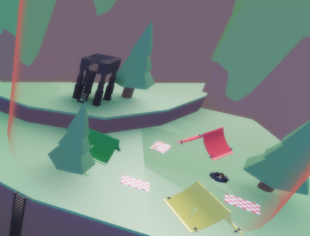
The «Unclaimed Base» location.
In-game, a base is a location that can be claimed. When a base is unclaimed, there will be a red force-field around it With a text above the base saying «Unclaimed Base». Bases cannot be claimed in VIP servers.
To Claim a Base, it requires 4 to 5 members of the same gang to claim one. The base will be claimed by another gang once there are 4 different members inside the base.
While a Base is claimed, it will generate a total of £5.000, each 5 minute a member of the gang that claimed the base will get £250, this reward is only given to members that are present in the server the base is claimed.
Setting Up ADB
On Windows and Linux
If you installed the Android SDK, the Android Debug Bridge will already be installed along with it. Otherwise, follow our guide on installing the Android SDK.
On Mac
If you have already downloaded the Android SDK, launch the SDK Manager by typing into a Terminal window:
where is the path to the tools directory. For example, if the Android SDK is located on the desktop, then you have to type into the terminal window:
As soon as the SDK Manager is launched, click “Available packages”, then “Android Repository.” When the list of available packages pops up, choose the offered revision of “Android SDK Platform-tools”. Click “Install Selected.” If it is installed, the adb executable binary will be located in the subdirectory.
If you don’t have the Android SDK installed yet, download its latest version and unzip it into an appropriate destination folder then follow the instructions above.
Testing If ADB Works
We want to make sure that ADB is now working. First, see to it that your Android device is set up for debugging. On your Android device running Gingerbread, go to the Settings > Applications > Development screen and make sure “USB Debugging” is checked. If you’re already on Ice Cream Sandwich, go to Settings > Developer options and tick “Android debugging” or “USB debugging.”
Connect your computer and Android device with a USB cable. Then, open a terminal on your computer and run the following command:
You should see something like this:
A result like that (where the X’s represent your device’s actual serial number) confirms that your ADB is set up and working.
Configuration & Build
The exploit was configured to be built with the toolset both on Linux, and on the Windows platform. If you are working on Linux, it will be enough for you to download only; however, on the Windows platform, you have to download and install the environment on your machine. In this paragraph, I will tell you how to configure and build the exploit on the Windows platform.
First of all, download and install the Android SDK. We need only a platform-tools package from the SDK to communicate with a device through ADB, so, at the SDK root directory, start the SDK Manager and check the platform-tools package. Install it.

You can add a path to platform-tools into your variable or type the absolute path to the adb.exe executable any time later.
The second step is to download and install the Android NDK package and the environment. Install them in the same location with SDK and add a path to your NDK package into the variable or into your . Then unpack a project archive attached to this article into your working directory available for
The project structure is very simple. In the AndroidExploit root, you will find two directories. In the bin directory, I have placed a precompiled exploit binary and a windows shell script file. The jni directory contains sources and the NDK build scripts.
/AndroidExploit
/bin
exploit // precompiled binary file
root.cmd // windows shell script. It helps to upload and run
// the exploit in device. Usually, it is enough run
// the script to root device.
/jni
Android.mk // NDK build script
Application.mk // some application settings
// the source files
cmdLine.cpp
cmdLine.h
impl.cpp
impl.h
main.cpp
proc.cpp
proc.h
To build the project, run the environment, change a directory to the project/jni directory, and execute ndk-build. The Compiler output should look like this:

You can find an executable at libs/armeabi/exploit. The path is relative to the root of the project.
Резервная копия личных данных
Под резервной копией личной информации подразумевается сохранение данных и контента, сгенерированных пользователем в процессе эксплуатации Андроид-девайса. К такой информации можно отнести перечень установленных приложений, фотографии, сделанные камерой девайса или полученные от других пользователей, контакты, заметки, музыкальные и видео файлы, закладки в браузере и т.п.
Одним из самых надежных, а главное простых способов сохранить личные данные, содержащиеся в Андроид-девайсе является синхронизация данных из памяти аппарата с облачным хранилищем.
Компанией в программной платформе Android предусмотрены практически все возможности для простого сохранения и быстрого восстановления фото, контактов, приложений (без учетных данных), заметок и прочего. Достаточно создать Google-аккаунт при первом запуске девайса, работающем под управлением Андроид любой версии или ввести данные уже существующей учетной записи, а также разрешить системе проводить регулярную синхронизацию данных пользователя с облачным хранилищем. Не стоит пренебрегать этой возможностью.

Сохранение фото и контактов
Всего два простых совета-примера, как всегда иметь готовую, надежно сохраненную копию самого важного для большинства пользователей – личных фотографий и контактов, используя возможности синхронизации с Google
-
Включаем и настраиваем синхронизацию в Aндроид.
Идем по пути «Настройки» – «Аккаунт Google» – «Настройки синхронизации» – «Свой аккаунт Google» и отмечаем галочками данные, которые будут непрерывно копироваться в облачное хранилище.
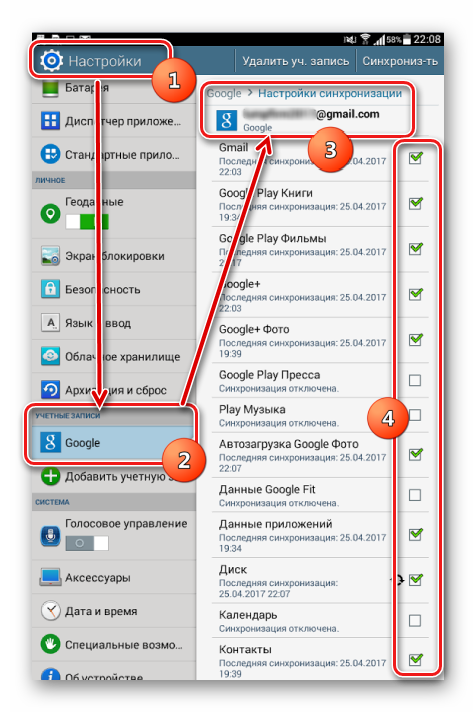
Для хранения контактов в облаке, необходимо при их создании указывать в качестве места сохранения именно Гугл-аккаунт.
В том случае, если контактные данные уже созданы и сохранены в отличном от гугл-аккаунта месте, можно легко экспортировать их, с помощью стандартного Андроид-приложения «Контакты».
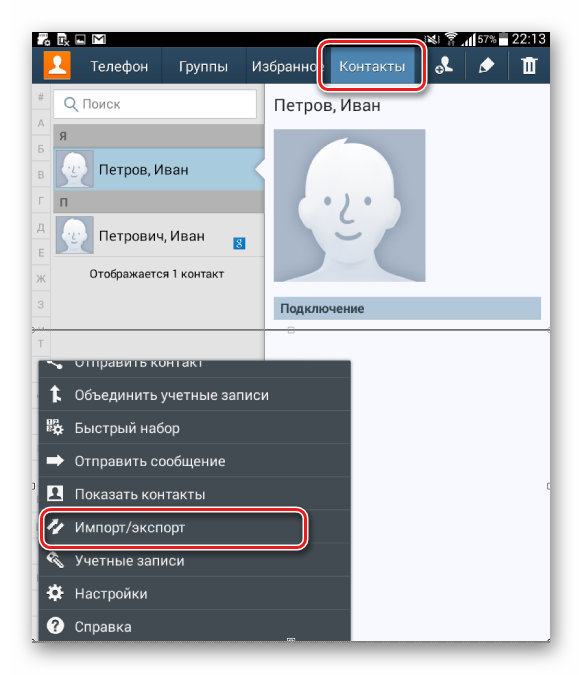
Более подробно работа с контактами Google описана в статье:
Урок: Как синхронизировать контакты Android с Google
Чтобы не потерять собственные фотографии, если с телефоном или планшетом что-либо случиться, проще всего использовать стандартное Андроид-приложение Google Фото.
Для обеспечения резервного копирования в настройках приложения необходимо включить функцию «Автозагрузка и синхронизация».
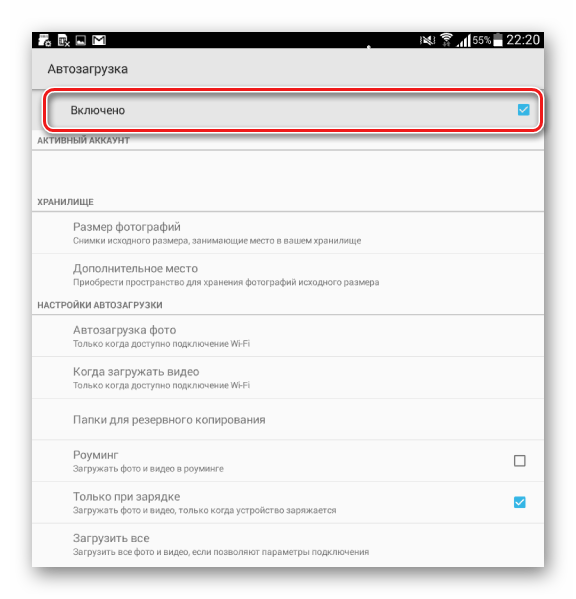
Конечно же, Google не является однозначным монополистом в вопросах резервного копирования пользовательских данных из Android-устройств. Многие известные бренды, такие как Samsung, Asus, Huawei, Meizu, Xiaomi и др. поставляют свои решения с предустановленными приложениями, функционал которых позволяет организовать сохранение информации способом, аналогичном вышеизложенным примерам.
Кроме того, такие всем известные облачные сервисы как Яндекс.Диск и Облако Mail.ru предлагают пользователям при установке своих фирменных Android-приложений функцию автоматического копирования различных данных, в частности фото, в облачное хранилище.
